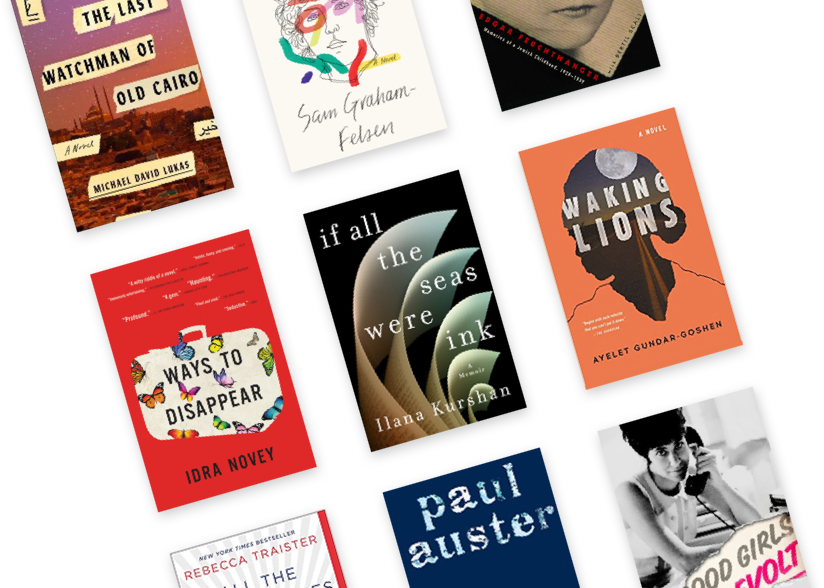Those accustomed to a thorough house-cleaning before Passover will likely be intrigued to learn that the Beta Israel of Ethiopia prepare for the holiday with a very different ritual. Instead of trying to remove every particle of chametz from the home, the Beta Israel smash dishes and then create new ones out of the remaining dust mixed with new clay. In Workitu’s Passover, the titular young girl is ambivalent about this practice but, through the support of a strong female relative, she learns how destruction of old objects can create space for the new.
Authors Zahava Workitu Goshen and Maayan Ben Hagai set the scene with a poetic description of a village’s sounds: “a cow mooing, leaves blowing in the breeze, and the clicking of her mother’s pestle and mortar.” In this world, slow and careful labor is required to produce what is needed. Workitu’s sister, Almaz, is enthusiastic about the new dresses their father will weave for them for Passover, but Workitu is distressed: she finds the smashing of beautiful dishes painful. Eden Spivak’s illustration shows Workitu sitting slumped on her bed, eyes downcast. Sipping milk, she grasps her favorite cup with both hands and closes her eyes, as if thinking about her imminent loss.
Workitu is fortunate to have the guidance of Auntie Balainish, who patiently explains the importance of maintaining ties to the Jewish past, both recent and ancient. This connection transcends geography, uniting distant communities. It also validates the specific practices of Beta Israel. Only by working together with a wise, older woman, does Workitu come to understand her own role in this chain of tradition. “Her old things were secretly hidden inside the clay they were using to make new things,” she reasons to herself. Discussion alone is not enough to convince Workitu, but hands-on activity makes the abstract idea real. Artistic creativity is also inseparable from Workitu’s change of heart. A careful description, with an accompanying picture, details the individual choices she makes in crafting a new jug to hold olive oil. Children will relate to the stylized form, with handle and pitcher resembling an ear and a nose. Spivak even adds an eye and a smile, capturing Workitu’s conception of her pottery as almost human. Earth colors, and varied composition, give a unified tone to the illustrations. Observance of Passover unites the Jewish people everywhere. Workitu learns to honor that ideal while celebrating her own community and her distinctive character as well.
This highly recommended book includes an explanatory afterword.
Emily Schneider writes about literature, feminism, and culture for Tablet, The Forward, The Horn Book, and other publications, and writes about children’s books on her blog. She has a Ph.D. in Romance Languages and Literatures.

